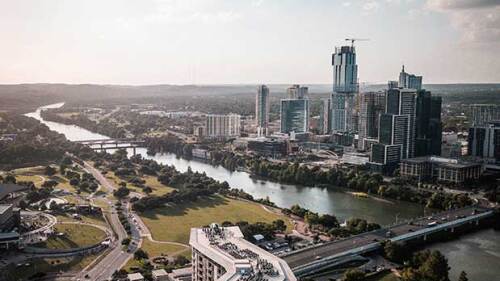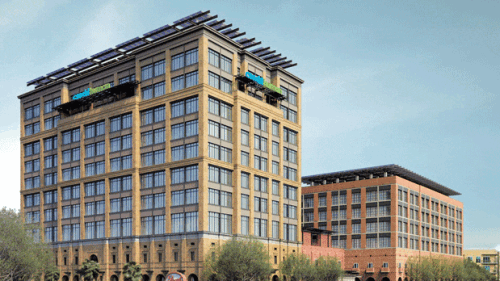John Egan is a freelance writer, editor, and content marketing strategist in Austin, Texas. Aside from Urban Land, his work has been published by CreditCards.com, Bankrate, Credit Karma, LendingTree, PolicyGenius, HuffPost, National Real Estate Investor, and other online outlets.






